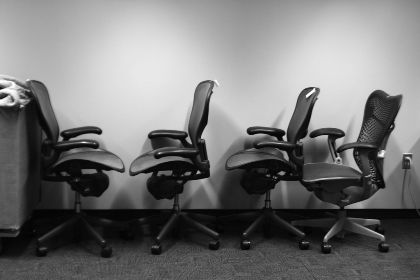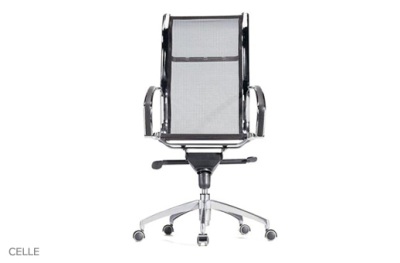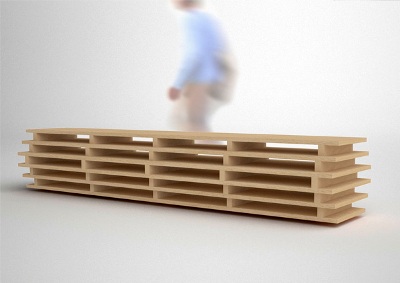Posted by: Mitchell H. Kirsch
Category: Ergonomics
How to Choose the Best Ergonomic Keyboard for Your Office.
The best ergonomic keyboard for you will ease your carpal tunnel… but won’t look like your regular keyboard.
The flat, clumped-together keyboards that come standard with most PCs don’t offer any sort of ergonomic relief whatsoever – you’ll have to turn to those odd, split and tented keyboards if the carpal tunnel is starting to get in the way of work.
Doing the Split
The split keyboard design, when it hit offices in the 1990s, looked odd to traditionalists – a gap was introduced down the center of the key array, and both key sets arranged around the gap in a V.
While this takes up more space and attracts odd looks from officemates, the arrangement is actually more natural – arms aren’t placed in an awkward position while typing, and wrists are less stressed in the process.
If you’re choosing an ergonomic keyboard, choose one whose “V” angle feels most natural to you. Or if you can’t decide, spend the extra dosh and choose an adjustable ergonomic keyboard to get the flexibility you need from your input device.
If the price bothers you, tell yourself that an expensive keyboard now saves you the expense of surgery to heal stress injuries further down the road.
Test It Before You Buy It
Finding the best ergonomic keyboard for your office takes time, and continuous testing.
Throughout the testing process, make sure the environment is as close as possible to the one in your own workplace. Use the keyboard at a chair and desk with similar angles and height to your own. Use the keyboard with wrists straight and in line with your arms, elbows close to your body, and relaxed shoulders.
Ask yourself the following questions when you test your new keyboard:
Can I adjust the keyboard easily? An easily-adjustable keyboard helps users find their optimum settings in the smallest possible time. Inferior keyboards are harder to adjust, and as a result will not provide the optimum settings needed for the user’s ergonomic comfort.
Does the keyboard “tent” to an angle I prefer? You don’t have to set the tenting angle to the highest possible setting – just to one that your wrists can live with. The ideal tenting range seems to fit within ten to twenty degrees for a majority of users.
Does it come with palm supports? The best ergonomic keyboard models come with padded and removable palm support add-ons.
Can I live with the key rearrangements? Some ergonomic keyboards move some keys around to optimize ergonomic comfort. Users have to be aware of these switches beforehand, or else they risk reducing productivity while they’re getting used to their new keyboard.







